Abstract
This tutorial deals with basic concepts of volume of distribution, the second most important parameter in pharmacokinetics but often challenging for students in clinical pharmacology. Its relationships with dose, concentration and amount in the body are discussed using a physical model and examples of commonly used drugs, as well as its physiological aspects pertaining to the physical volume of differing organs. Finally, application of volume of distribution to the calculation of loading dose and half-life is used to show how it is essential in pharmacotherapy and clinical pharmacology.
References
1. Holford N, Black P, Couch R, Kennedy J, Briant R. Theophylline target concentration in severe airways obstruction – 10 or 20 mg/L? A randomised concentration-controlled trial. Clin Pharmacokinet. 1993; 25:495–505.
2. Watson PE, Watson ID, Batt RD. Total body water volumes for adult males and females estimated from simple anthropometric measurements. Am J Clin Nutr. 1980; 33:27–39.

3. Chumlea WC, Guo SS, Zeller CM, Reo NV, Baumgartner RN, Garry PJ, et al. Total body water reference values and prediction equations for adults. Kidney Int. 2001; 59:2250–2258.

4. Fallacy. Red Herring. http://www.nizkor.org/features/fallacies/red-herring.html.[serialontheInternet].AccessedApril10. 2016.




 PDF
PDF ePub
ePub Citation
Citation Print
Print



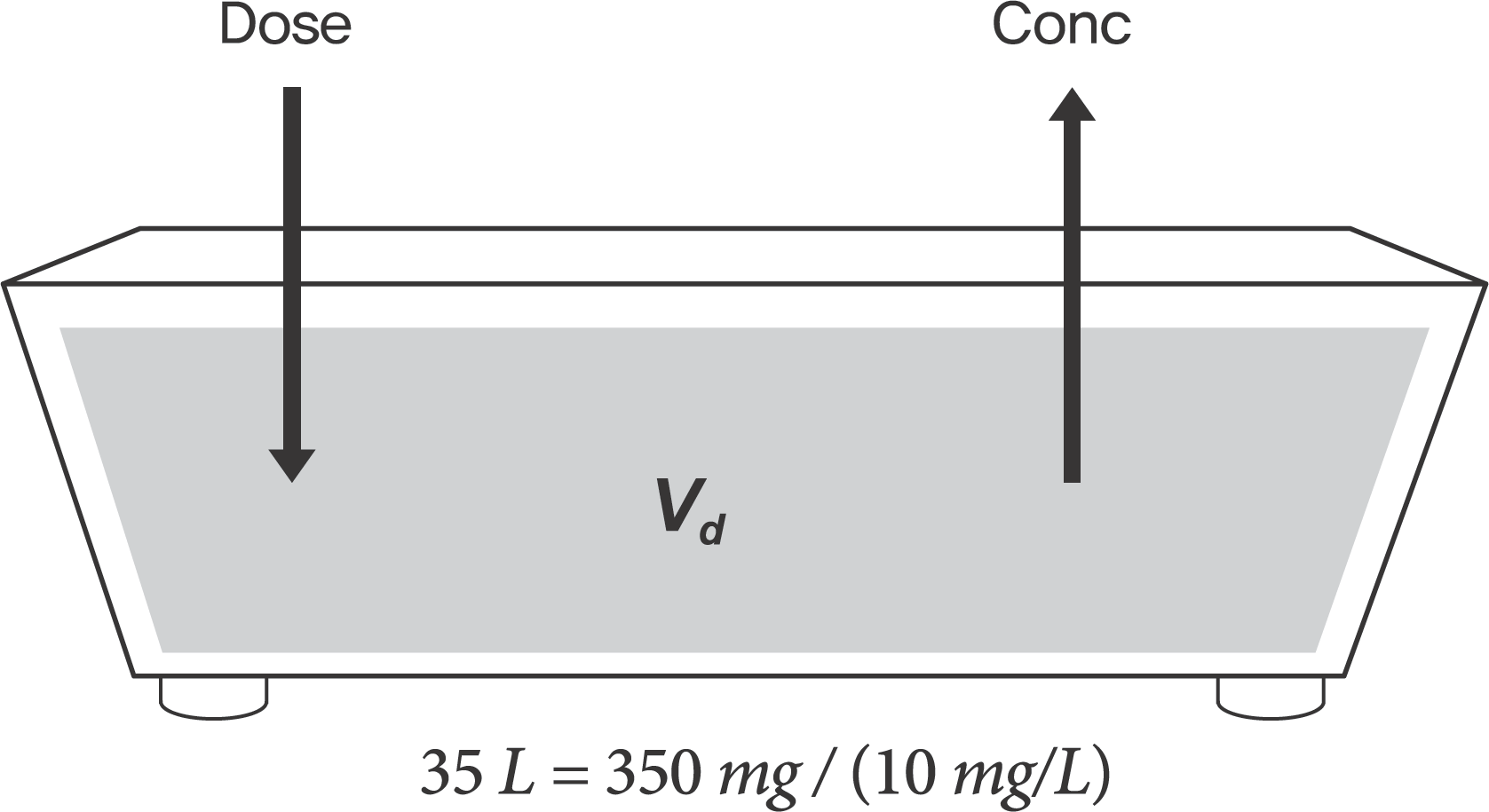
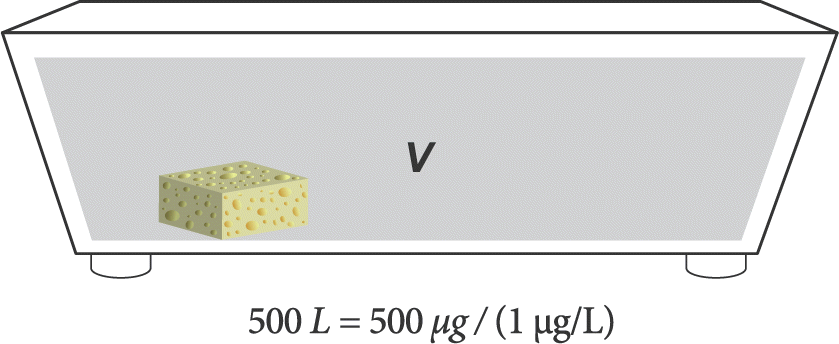
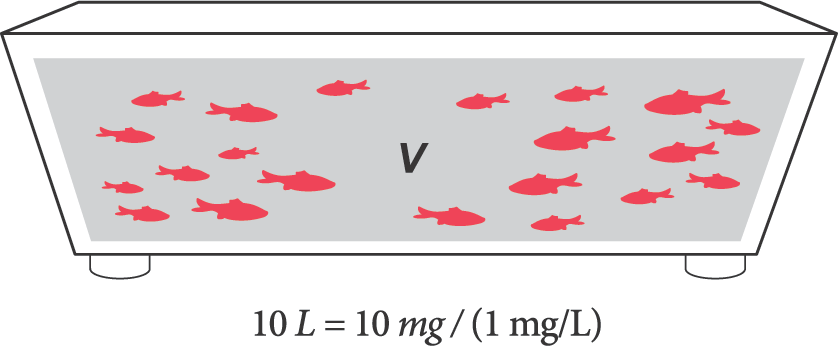
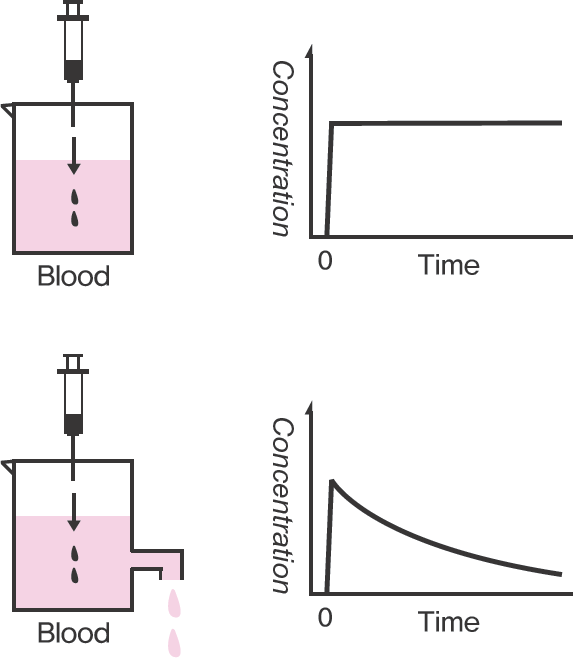
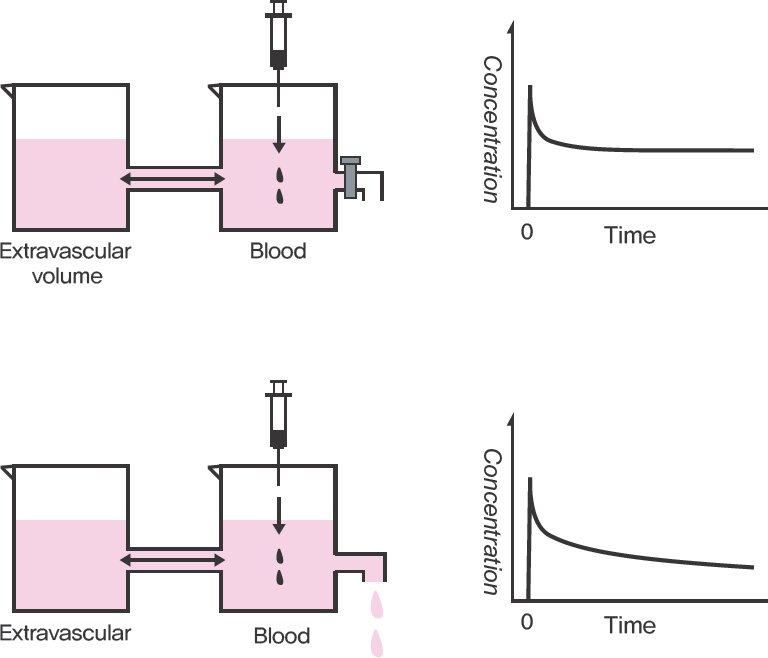
 XML Download
XML Download